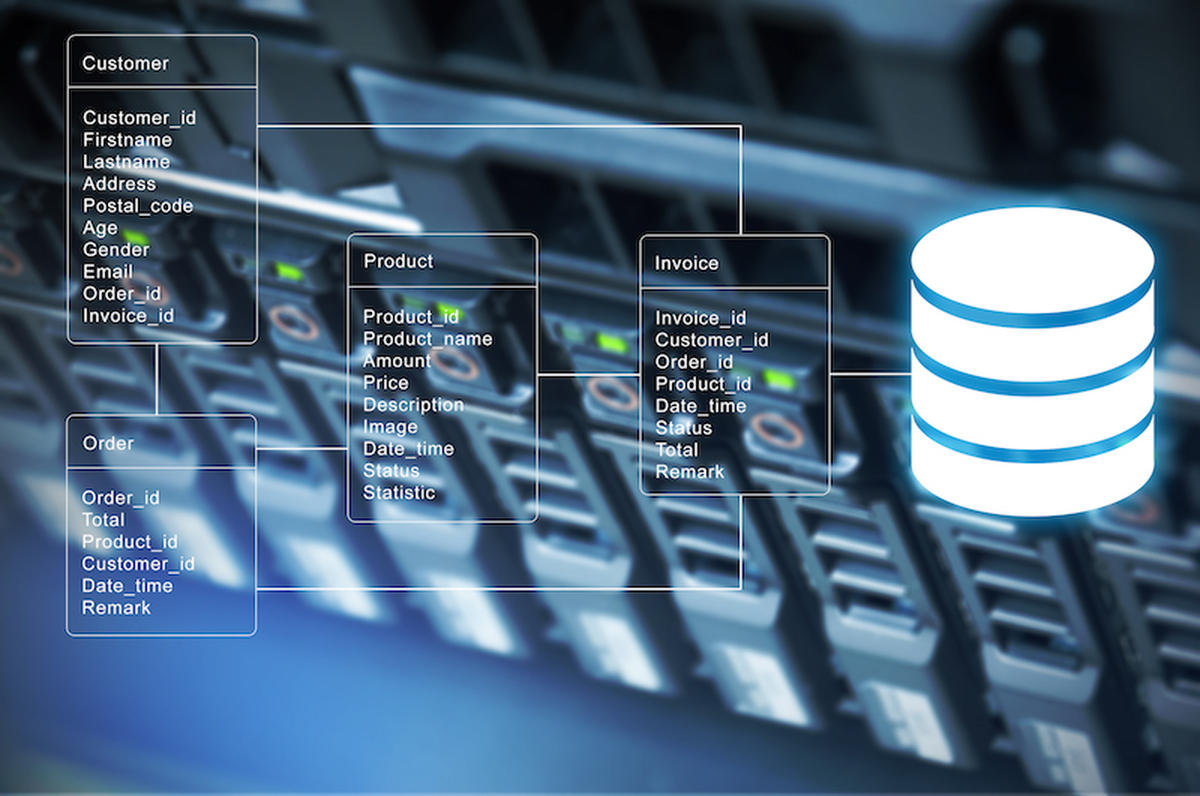
Everything a Non-Techie Needs to Know about SQL
Most of us have heard of SQL, but how many people really understand what it is? Here, we take a look at some basic bluffer’s tips.
We have all seen the incredible rate at which technology has advanced over the past 10, 20 or 30 years. If Marty McFly was really able to jump into his DeLorian and pay us a visit from 1985, today’s technology, in both a personal and business context, would leave him dumbfounded.
How incredible that so much of the bespoke database development that underpins todays innovative software applications takes place using programming principles that date back to the 1970s. SQL stands for Standard Query Language, and was developed over a period of years by IBM’s Donald Chamberlain and Raymond Boyce. Yet it remains the go-to tool to this day.
What does SQL do?
SQL is the standard language for accessing and operating databases. It is used to code everything from simple home-built databases on platforms like MS Access to large scale bespoke applications for global corporations. In short, it can perform the following functions:
- Create a database
- Execute database queries
- Add, update or delete database records
- Retrieve data from a database
- Create new database tables
- Create new database views
- Add new database procedures
- Set access and permissions for tables, procedures and database views
Database Management Systems
Another acronym you will encounter alongside SQL is RDBMS. This stands for Relational Database Management System and is the platform on which SQL operates to create databases in applications such as Access, Oracle, SQL Server and various others.
The data in a RDBMS is stored in tables consisting of rows and columns that look similar to an Excel spreadsheet. Each column is known as a field and will consist of a specific type of information. For example, in a customer database, the fields might be Customer Name, Customer Address and so on. Each row is known as a record.
A typical RDBMS will contain more than one table – after all, if you only needed one, you could simply use a spreadsheet. So, a customer database might have one table that contains customer records, another with customer orders and a third with billing information, for example.
SQL Statements
As you can imagine, the amount of data contained in a customer database, even a simple one like we have just described, can soon become unwieldly. SQL statements are used to draw out the information that is needed from different tables in order to perform database functions.
There is no need to go into depth on SQL language, but the following examples of some of the most common SQL statements will give an idea of how it works:
- CREATE DATABASE – create a new database
- CREATE TABLE – create a new table
- SELECT – extract data from the database
- UPDATE – update data in the database
- DELETE – delete a data record from the database
- INSERT INTO – place new data into the database
The beauty of SQL is that it is simple and intuitive. Even in the seemingly complex world of modern software development, it is comforting to know that the primary building blocks are accessible to all.
